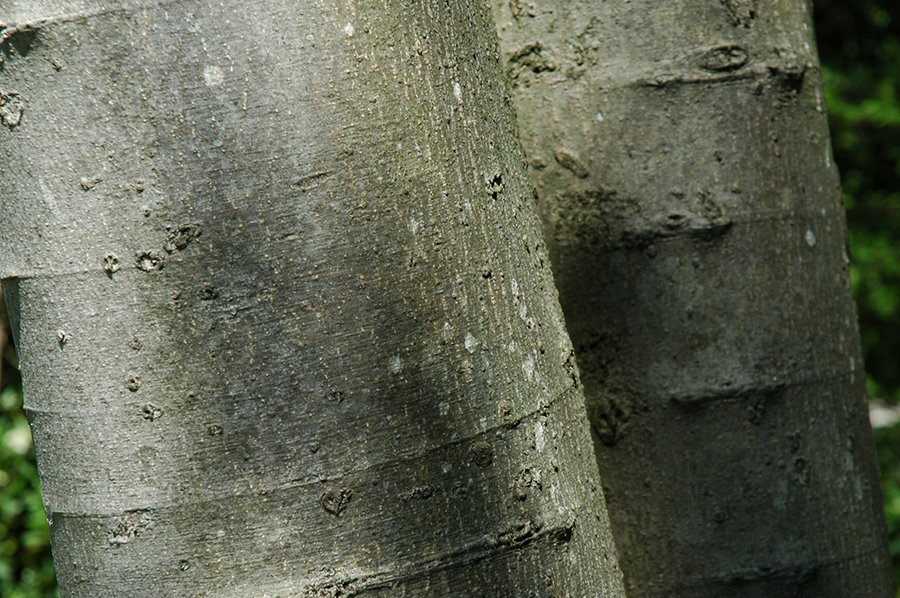
European Nettle Tree
Celtis australis
Family and description
Included in the Cannabaceae family, the nettle tree is a deciduous tree that can reach a height of about 98 feet.
Trunk and branches are smooth and gray, darkening over the years. The canopy is round, fairly branched, with the younger branches hanging slightly.
The leaves are simple, alternate, asymmetrical, ovate lanceolate in shape with acuminate apex; green-coloured margins, yellowing in the autumn, before falling.
This is a polygamous species. Its flowering is simultaneous with the appearance of its leaves, between March and May. The flowers that grow closer to the base of the branches are male and those that appear in the apical parts are female or hermaphrodite.
The fruit is a small, solitary, green drupe that evolves to yellow when maturing and finally dark-brown when ripe, between September and October.
Origin and habitat
A species original from southern Europe, West Asia to Turkey and North Africa, it is common in almost all of the Iberian Peninsula and is frequently used in gardens, alleys and public spaces in general.
This tree is a fast growing species, very demanding in terms of water which is why, in the wild, it’s found in cool areas, such as riverbanks or areas with superficial water, usually appearing in the company of species such as willows, Elms or Ashes.
It can grow on all types of soil but prefers sandy and deep soil. It has low resistance to intense cold and late frosts.
Uses and curiosities
Its wood is bright and light, with fine grain and easy to work.
Its fruit is edible and sweet.


